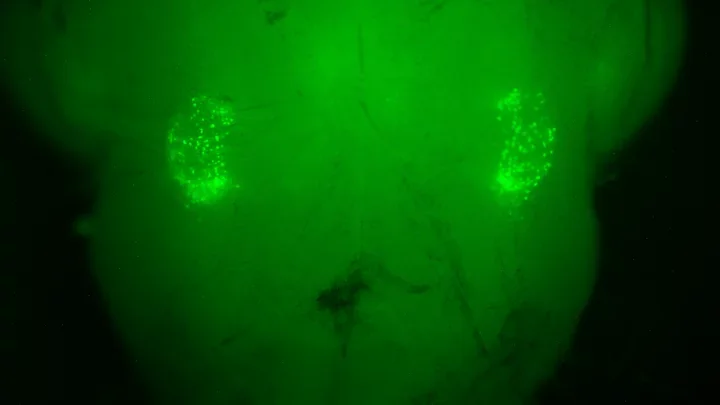Breathing and the Brain
What Part Of The Brain Controls Breathing?
Pinpointing The Region Generating Breathing Rhythm

Jack Feldman, PhD is the world leader in understanding how the brain controls breathing. In a landmark discovery, he identified a small region of the brain stem, which he named the preBötzinger Complex, as essential for generating breathing rhythm in fetal, neonatal and adult mammals. This breakthrough was made possible by Feldman’s development of unique experimental techniques and cell-type specific manipulations to pinpoint the region of the brain generating breathing rhythm. Feldman’s lab then identified a second breathing oscillator in the parafacial nucleus that drives expiratory movements.
Breathing, Sighing And Other Behaviors
Subsequent studies using molecular approaches led to insights into how activity in the preBötzinger Complex modulates breathing behavior. This includes the discovery of the role of neuropeptides released from neurons in the parafacial nucleus and activating specific subsets of preBötzinger Complex neurons that generate sighs, as well identifying a subset of preBötzinger Complex neurons that project to higher brain centers where they likely promote breathing-related modulation of emotion and cognition.

Li P, Janczewski WA, Yackle K, Kam K, Pagliardini S, Krasnow MA, Feldman JL. Nature 530:293, 2016
His current work focuses on understanding the mechanisms underlying the rhythm of breathing where his lab recently discovered that neuronal synchronization is essential for rhythmogenesis, how that rhythm gets transformed into the precisely regulated pattern of movement underlying ventilation, and understanding the mechanisms by which paced breathing, as in yoga and various forms of meditation, can positively affect emotion and cognition.
“ ”